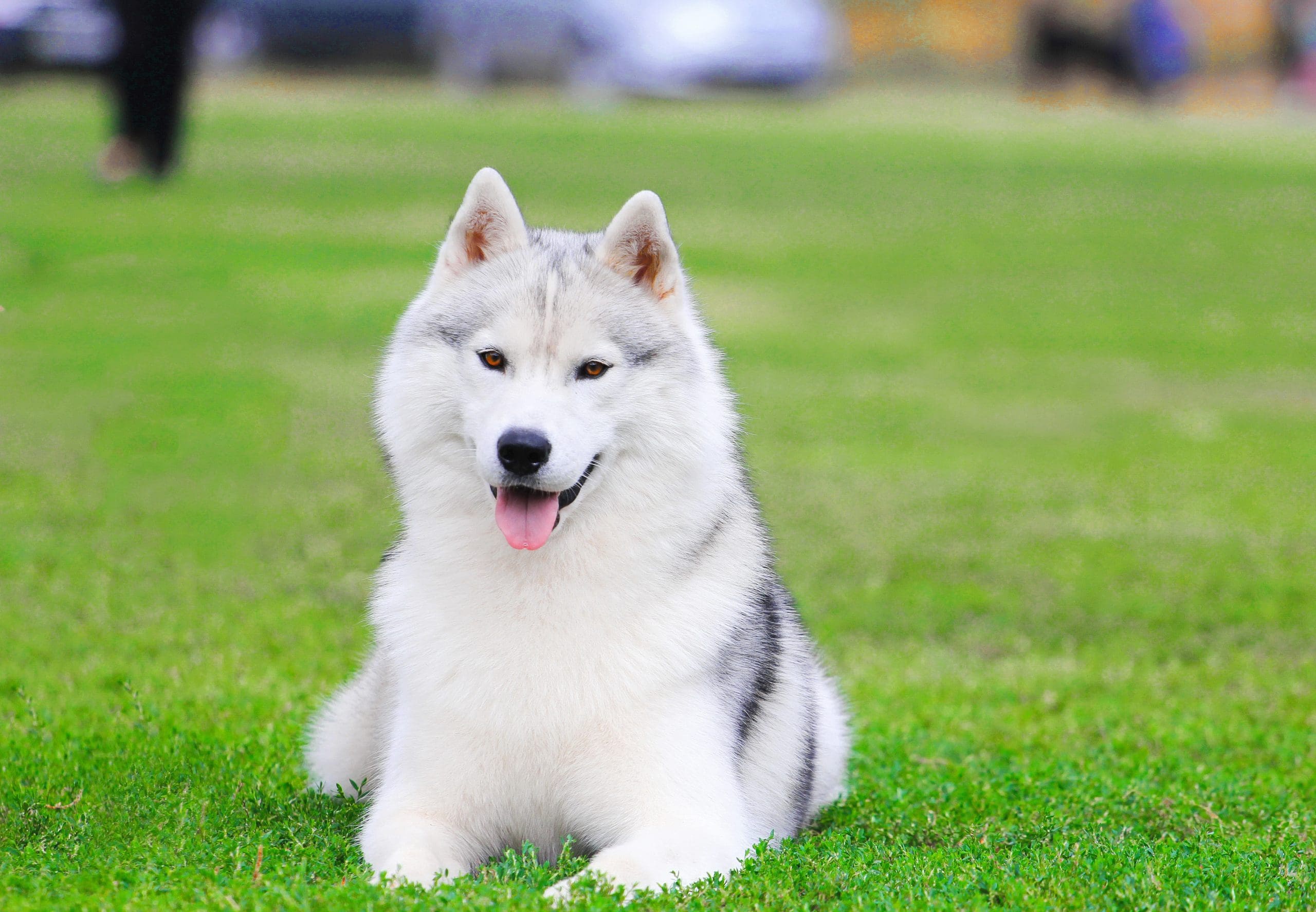Understanding your dog’s reproductive cycle is crucial for responsible pet ownership. One of the significant phases in this cycle is when a female dog goes into heat, also known as estrus. This period indicates her fertility and ability to conceive. For pet owners, recognizing the signs of a dog in heat can be challenging. Here are key insights to help identify this phase and the importance of being prepared.
Timing of Heat Cycles
A female dog typically goes into heat for the first time between six months and two years of age, depending on her breed and size. Smaller breeds may experience their first heat earlier, while larger breeds may take longer. Generally, a female dog will go through heat cycles approximately every six months, though this can vary. Being aware of these cycles is essential for preventing unwanted litters and managing your dog’s health.
Behavioral Changes
One noticeable sign that a dog is in heat is a change in her behavior. Increased restlessness, frequent urination, and a desire to seek out male dogs are common. During this time, you may notice your dog becoming more affectionate or clingy, and she might exhibit signs of anxiety or nervousness.
Physical Indicators
Physical signs are also critical indicators of a dog in heat. Swelling of the vulva is often the most prominent sign, which can vary significantly among individual dogs. You may also observe a bloody discharge that ranges from light pink to dark red, typically more pronounced during the initial days of heat. It’s important to recognize that each dog is unique; some may have little to no discharge, while others may have a more substantial amount.
In addition to these signs, vocalization may increase. Some dogs may bark or whine more, reflecting their discomfort or excitement due to hormonal changes. Changes in appetite are also common; some dogs may eat less, while others might show increased interest in food.
Keeping Your Dog Safe
Monitoring your dog’s behavior closely during this time is crucial. If your female dog is in heat, keeping her away from male dogs is vital, not only to prevent unwanted pregnancies but also for her safety. Male dogs can become overly aggressive or assertive when they sense a female in heat.
Duration and Stages of Heat
The heat cycle typically lasts about two to three weeks, although the exact length can vary. The cycle consists of four stages: proestrus, estrus, diestrus, and anestrus. During proestrus, lasting about 7-10 days, signs like swelling and discharge are noticeable. Estrus is the fertile stage, usually lasting an additional 5-9 days. Diestrus follows, preparing the dog’s body for either pregnancy or a return to a non-receptive state. Finally, anestrus is the resting phase between cycles.
Visual References
For pet owners unfamiliar with the signs of a dog in heat, pictures can be helpful. Visual references aid in recognizing changes in your dog’s body and behavior. Numerous online resources provide images illustrating physical signs such as vulvar swelling and discharge. Observing these signs through pictures can enhance your understanding of what to expect.
When using pictures for reference, remember that each dog is unique. The appearance of swelling and discharge can vary widely among different breeds and individual dogs. Consulting with your veterinarian for tailored advice regarding your dog’s heat cycle is always a good idea.
Responsible Breeding and Spaying
If you’re considering breeding your dog, approaching the situation responsibly is essential. Ensure both the female and male dogs are healthy and free from genetic disorders. Consulting with a veterinarian or professional breeder can help you make informed decisions regarding breeding and caring for puppies.
For those not intending to breed, spaying is an option worth considering. It can prevent future heat cycles and reduce the risk of certain health issues, such as uterine infections or mammary tumors. Discussing options with your veterinarian can help weigh the pros and cons based on your dog’s age, breed, and overall health.
Managing a Dog in Heat
Managing a dog in heat can be challenging for both the dog and the owner. Investing in doggy diapers can help manage discharge and keep your home clean. These are available in pet stores and online, providing a practical solution during this period. Additionally, keeping your dog indoors and on a leash during walks can help ensure her safety and security.
Approaching this phase with empathy and understanding is important. Your dog may feel uncomfortable due to hormonal changes, and your support can help her through this time. Providing extra comfort, attention, and reassurance can significantly ease her discomfort.
Monitoring your dog’s behavior, health, and physical changes is essential. If you notice unusual symptoms such as excessive bleeding, lethargy, or signs of distress, consult your veterinarian promptly. They can assess whether an underlying health issue needs attention.
Recognizing the signs of a dog in heat involves careful observation of her behavioral and physical changes. This knowledge is vital for responsible pet ownership, ensuring the safety and well-being of your dog throughout her reproductive cycle.



